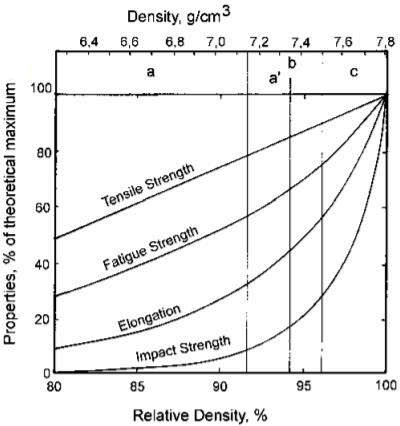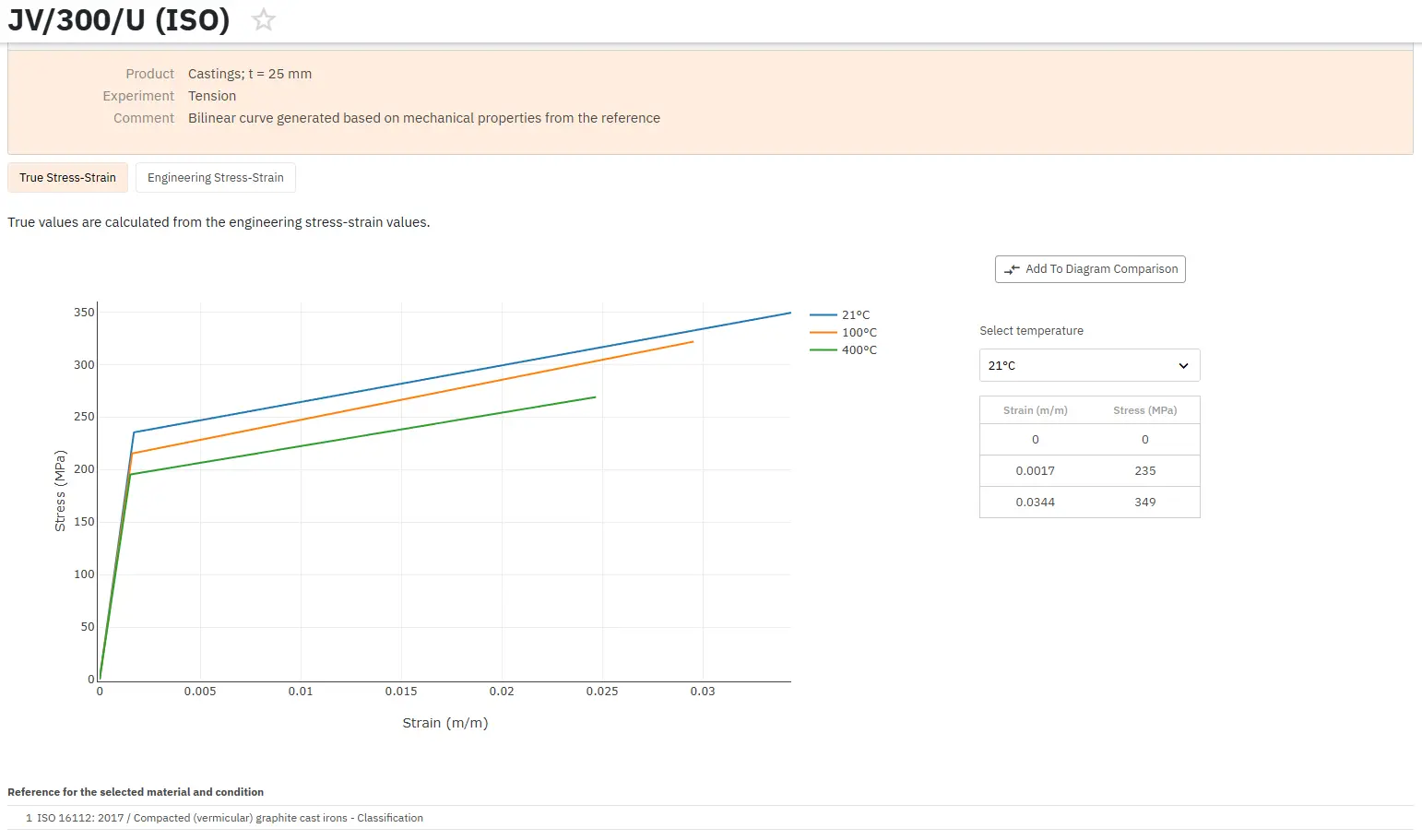Sintered Iron Based Materials
Abstract
Generally there is a huge application of powder metallurgy produced parts, especially in the automotive industry.
The complexity of these parts however can mean that through the presence of pores crack propagation can be a very real problem which needs to be addressed through various alloying and process techniques.
In Powder Metallurgy (P/M), the produced parts are of complex shapes and close to final form, and are widely used, especially in the automotive industry. One of the main problems of these products is the presence of the pores, which can act as a site of potential crack initiation, and also can propagate cracks throughout the material. The properties of the sintered powder metallurgy alloys can be improved by reducing the pore size, increasing the density, by adding some alloying elements or by additional operations.
In the last decades, powder metal (PM) iron-based alloys have been extensively used as structural parts in mechanical components due to their good balance between ductility and tensile strength, low cost, high performance, flexibility of manufacturing, good magnetic properties and corrosion resistance. Consequently, such PM components have emerged as an effective alternative for replacing machined parts, castings and forgings in many engineering applications. However, continued efforts are demanded for obtaining optimum combination of properties to withstand various service conditions.
There are several ways to achieve desired strength properties with iron-based sintered materials. The most important parameters of influence are:
- Density
- Sintering conditions
- Alloying elements
- Heat-treating conditions
These parameters should be controlled within the closest possible limits, because even small variations may cause unacceptably wide scatter of dimensional changes during sintering and thus spoil the dimensional stability of the sintered parts. Density is of prime importance with respect to the physical properties of sintered structural parts, because tensile strength and fatigue strength increase in approximate linear proportion, elongation and impact strength exponentially, with sintered density. See schematic diagram at Figure 1.

Figure 1: Increase of sintered properties with sintered density. Schematically. a = compacting + sintering. a’ = warm compacting b = compacting + sintering + re-pressing + re-sintering c = powder forging
Using conventional PM technologies a new iron based antifriction material containing Cu, Sn, Pb and MoS2 has been developed in order to meet specific working conditions. In the study of C. Teisanu, S. Sontea, M. Mangra, I. Ciupitu, A. Tudor, the compacted samples were sintered in different conditions in dry hydrogen atmosphere and the effect of the powder additions on the mechanical characteristics was evaluated. The tribological behavior of the different iron based materials has been studied by pin on disc tests and the coefficient of friction and wear rate have been analyzed in order to identify the effect of base material composition. Also, the microstructure of the wear surface was investigated.
As experimental materials, iron powder produced by Ductil S.A. Buzau (DP 200 – HD), electrolytic copper powder, tin, lead and molybdenum disulphide powder, which was added as solid lubricant, were used. Elemental powders of Fe, Cu, Sn, Pb and MoS2 were weighed to required proportions and mixed in a spatial homogenization device for two hours. The powder mixtures were compacted at a pressure of 500 MPa obtaining 10 mm cylindrical specimens and sintered at 800°C, 850°C and 900°C for 50 minutes in a uniform heating furnace. The sintering atmosphere was dry hydrogen with a flow rate of 1 l/min. The samples were furnace cooled by switching off the power and maintaining the same flow rate of the hydrogen gas.
Experimental conditions and the composition of the powder mixtures are presented in Table 1 and Table 2.

Table 1: Composition of the powder mixtures

Table 2: Experimental conditions
As conclusions they drawn that from the results and observations concerning the mechanical and tribological behavior of the selected sintered materials it was concluded the improved properties of the Fe-Cu-Sn-Pb-MoS2 system with 2.5% Sn and 2.5% Pb additions sintered at 900°C for 50 minutes. A tensile strength of 205 MPa, an impact energy level of 12.46 J/cm2 and a hardness value of 139 VH5 were obtained for the composition sintered at 900°C for 50 minutes. At the pxv value of 2.8 MPa m/s the coefficient of friction is about 0.1 and the wear rate has the lowest value of 0.698x10-7 mm3/m.
Trova all'istante proprietà precise deille leghe di ferro colato!
Total Materia Horizon contiene informazioni sulle proprietà di oltre 11.000 leghe di ferro colato: composizione, proprietà meccaniche e fisiche, proprietà non lineari e molto altro.

Ottieni un account di prova GRATUITO su Total Materia Horizon e unisciti a una comunità di oltre 500.000 utenti provenienti da più di 120 paesi.